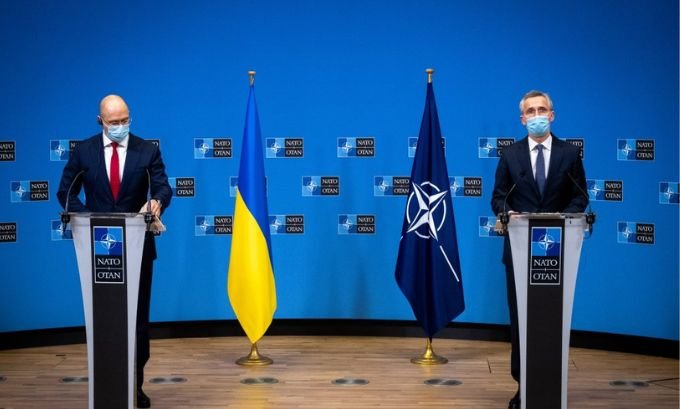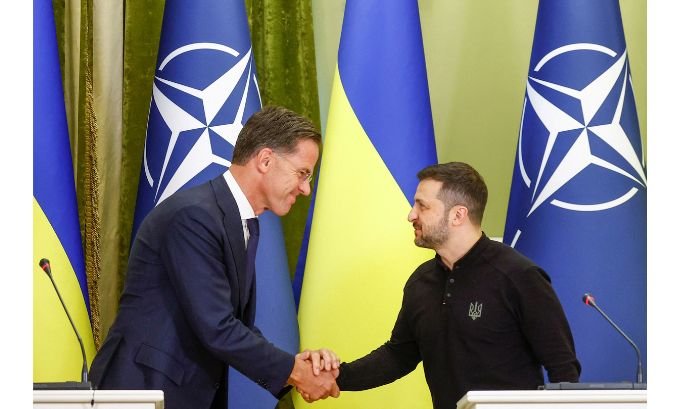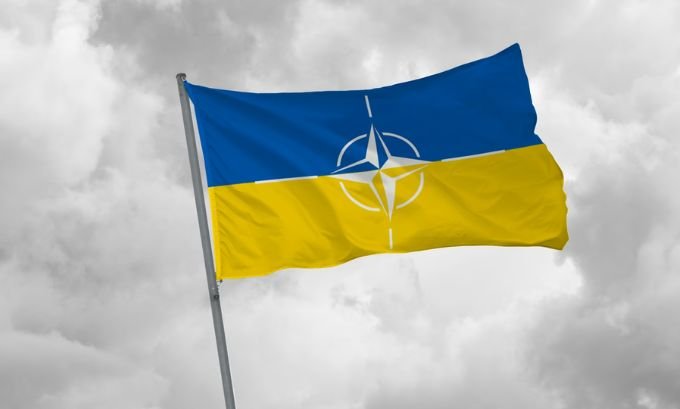Ukraine’s desire to join NATO has become one of the most scrutinized geopolitical topics of our time. While the country has expressed its NATO aspirations for over a decade, several complex factors continue to prevent immediate membership. Understanding these barriers requires examining NATO’s membership criteria, ongoing conflicts, and the delicate balance of international diplomacy.
The question isn’t simply whether Ukraine deserves NATO membership—it’s about navigating the intricate requirements and geopolitical realities that shape alliance decisions. From democratic reforms to territorial disputes, multiple elements influence this high-stakes diplomatic process.
Table of Contents
Understanding NATO’s Membership Requirements
NATO membership isn’t automatic for any country expressing interest. The alliance maintains strict criteria that potential members must meet before joining.
Democratic Governance Standards
NATO requires stable democratic institutions, including civilian control over the military and respect for human rights. While Ukraine has made significant progress since 2014, the alliance continues monitoring reforms to ensure they meet international standards.
The country has implemented judicial reforms, anti-corruption measures, and media freedom protections. However, NATO officials emphasize that these changes need time to fully take root and demonstrate long-term stability.

Military Compatibility
Member nations must maintain military forces capable of contributing to collective defense. Ukraine’s military has undergone substantial modernization since 2014, adopting NATO standards for equipment and training.
Ukrainian forces have participated in NATO exercises and missions, demonstrating improved capabilities. Yet full military integration requires extensive coordination and standardization processes that typically span several years.
The Territorial Dispute Challenge
Perhaps the most significant obstacle to Ukraine’s NATO membership is the ongoing territorial conflict. NATO’s Article 5 mutual defense clause creates complications when potential members face active disputes.
Occupied Territories
Russia’s occupation of Crimea in 2014 and control over parts of eastern Ukraine creates a complex legal situation. NATO typically avoids admitting countries with unresolved territorial disputes to prevent immediate military obligations.
Admitting Ukraine now could theoretically trigger Article 5, requiring NATO members to defend Ukrainian territory—including occupied regions. This scenario raises concerns about escalating conflicts with nuclear-armed Russia.
The Kosovo Precedent
Some argue that NATO previously admitted countries with territorial complexities, pointing to situations like the Kosovo dispute involving Serbia. However, each case involves unique circumstances that don’t necessarily create binding precedents for future decisions.

Strategic Considerations and Alliance Unity
NATO decisions require consensus among all member states. Ukraine’s membership bid involves careful consideration of various strategic factors.
Regional Stability Concerns
NATO members weigh the potential consequences of Ukrainian membership on broader European security. Some allies worry that immediate admission could destabilize the region or provoke further Russian aggression.
Others argue that NATO membership would actually enhance regional stability by clearly defining security boundaries and deterring future conflicts through collective defense guarantees.
Russia’s Response Calculations
NATO planners consider how Russian leadership might respond to Ukrainian membership. Historical patterns suggest that Moscow views NATO expansion as a direct threat to its sphere of influence.
The alliance must balance its open-door policy with realistic assessments of how membership decisions might affect broader East-West relations and European security architecture.
Current Support Mechanisms
While full membership remains elusive, NATO has developed various support mechanisms for Ukraine.
Enhanced Partnership Programs
Ukraine participates in NATO’s Enhanced Opportunities Program, which provides deeper cooperation in defense and security matters. This includes joint exercises, capability development, and information sharing.
The NATO-Ukraine Commission serves as the primary consultation forum, addressing security concerns and coordinating assistance programs.
Military Aid and Training
NATO countries provide substantial military assistance, including training programs, equipment transfers, and intelligence support. These efforts help Ukraine defend itself while building capabilities aligned with NATO standards.
Individual alliance members have committed billions in military aid, demonstrating practical support even without formal membership guarantees.
Frequently Asked Questions
When might Ukraine realistically join NATO?
NATO officials avoid specific timelines, emphasizing that membership depends on meeting established criteria rather than arbitrary dates. Most analysts suggest the process could take several years, particularly given the need to resolve territorial disputes and complete democratic reforms.
Could Ukraine join NATO while parts of its territory remain occupied?
This scenario would be unprecedented and highly controversial. NATO has traditionally avoided admitting countries with active territorial disputes, though the alliance’s open-door policy doesn’t explicitly prohibit such situations. Any decision would require unanimous agreement among existing members.
What happens if Russia escalates its actions before Ukraine joins NATO?
NATO maintains various response options short of full membership, including increased military support, economic sanctions, and diplomatic pressure. The alliance has demonstrated willingness to assist Ukraine through multiple crisis situations while avoiding direct military confrontation with Russia.
Why don’t all NATO members support Ukrainian membership?
Member states have different perspectives on expansion timing and strategic priorities. Some emphasize the need for careful preparation and regional stability, while others advocate for faster integration. NATO’s consensus requirement means all concerns must be addressed before membership decisions.
How does Ukrainian public opinion factor into NATO decisions?
Ukrainian polls consistently show majority support for NATO membership, which alliance officials consider important for democratic legitimacy. However, public opinion alone doesn’t determine membership eligibility—countries must still meet institutional and security requirements.
Looking Toward Future Possibilities
Ukraine’s NATO aspirations remain viable despite current obstacles. The country continues implementing reforms and building capabilities that align with alliance standards.
Recent developments suggest growing international support for Ukraine’s Euro-Atlantic integration, though practical challenges persist. The timeline for membership will likely depend on resolving territorial disputes and completing institutional reforms.
NATO’s commitment to its open-door policy means Ukraine’s aspirations remain on the table, even as immediate membership faces significant hurdles. The path forward requires patience, continued reforms, and careful diplomatic navigation of complex geopolitical realities.

